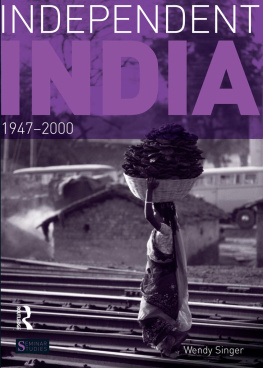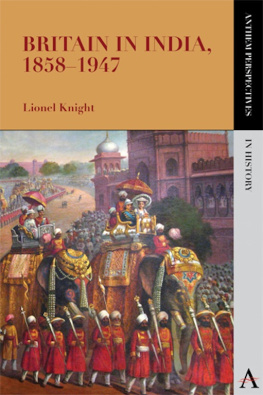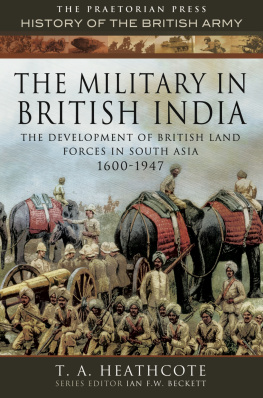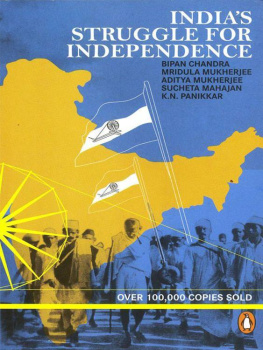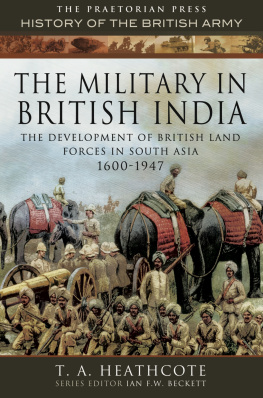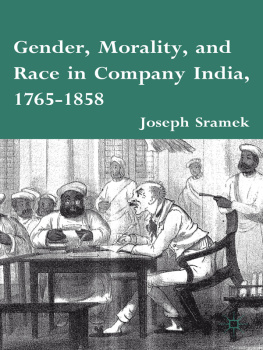Dipsikha Sahoo - Urbanization in India During the British Period (1857–1947)
Here you can read online Dipsikha Sahoo - Urbanization in India During the British Period (1857–1947) full text of the book (entire story) in english for free. Download pdf and epub, get meaning, cover and reviews about this ebook. year: 2020, publisher: Routledge, genre: Politics. Description of the work, (preface) as well as reviews are available. Best literature library LitArk.com created for fans of good reading and offers a wide selection of genres:
Romance novel
Science fiction
Adventure
Detective
Science
History
Home and family
Prose
Art
Politics
Computer
Non-fiction
Religion
Business
Children
Humor
Choose a favorite category and find really read worthwhile books. Enjoy immersion in the world of imagination, feel the emotions of the characters or learn something new for yourself, make an fascinating discovery.

- Book:Urbanization in India During the British Period (1857–1947)
- Author:
- Publisher:Routledge
- Genre:
- Year:2020
- Rating:3 / 5
- Favourites:Add to favourites
- Your mark:
- 60
- 1
- 2
- 3
- 4
- 5
Urbanization in India During the British Period (1857–1947): summary, description and annotation
We offer to read an annotation, description, summary or preface (depends on what the author of the book "Urbanization in India During the British Period (1857–1947)" wrote himself). If you haven't found the necessary information about the book — write in the comments, we will try to find it.
Urbanization in India During the British Period (1857–1947) — read online for free the complete book (whole text) full work
Below is the text of the book, divided by pages. System saving the place of the last page read, allows you to conveniently read the book "Urbanization in India During the British Period (1857–1947)" online for free, without having to search again every time where you left off. Put a bookmark, and you can go to the page where you finished reading at any time.
Font size:
Interval:
Bookmark:


2 Park Square, Milton Park, Abingdon, Oxon, OX14 4RN
Names: Sahoo, Dipsikha, 1983 author.
ISBN: 978-0-429-27514-2 (ebk)
by Apex CoVantage, LLC
| Banjaras: | A kind of nomadic people, who roam around living here and there |
| Bohra: | A sect of Muslim community that resides in western Indian cities |
| Diwani: | The charter to collect land revenue |
| Gumastha or munib: | Indian agent of the British East India Company |
| Jagirdar: | The feudal owner/lord of the Jagir |
| Khoja: | A group of people found in Gujarat, Maharashtra, Rajasthan and the city of Hyderabad |
| Lingayat: | A community in India that adheres to the Shaivite faith |
| Lohana: | Traditionally merchant Indian caste |
| Malguzars: | Village managers or intermediate agent for collecting the revenue. |
| Marwari: | An Indian ethnic group originating from the Marwar region |
| Mirasdar: | An important landed class |
| Palanquin: | A covered sedan chair carried on four poles |
| Patidars: | A caste found primarily in the state of Gujarat, India |
| Podder: | Middleman who supplies goods on a contract basis |
| Poligars: | Local landed military officers |
| Sepoys: | An Indian soldier serving under the British |
| Shroff: | A banker or money changer |
| Taluqdar: | A term used for Indian landholders in Mughal and British times, responsible for collecting taxes from a district |
| Zamindars: | A holder or occupier (dr) of land |
Font size:
Interval:
Bookmark:
Similar books «Urbanization in India During the British Period (1857–1947)»
Look at similar books to Urbanization in India During the British Period (1857–1947). We have selected literature similar in name and meaning in the hope of providing readers with more options to find new, interesting, not yet read works.
Discussion, reviews of the book Urbanization in India During the British Period (1857–1947) and just readers' own opinions. Leave your comments, write what you think about the work, its meaning or the main characters. Specify what exactly you liked and what you didn't like, and why you think so.

